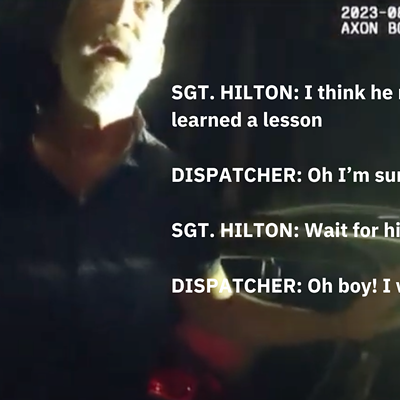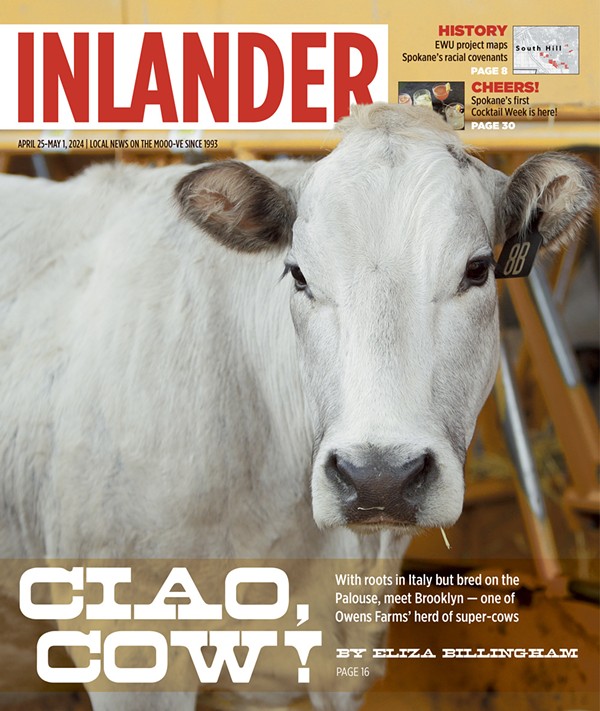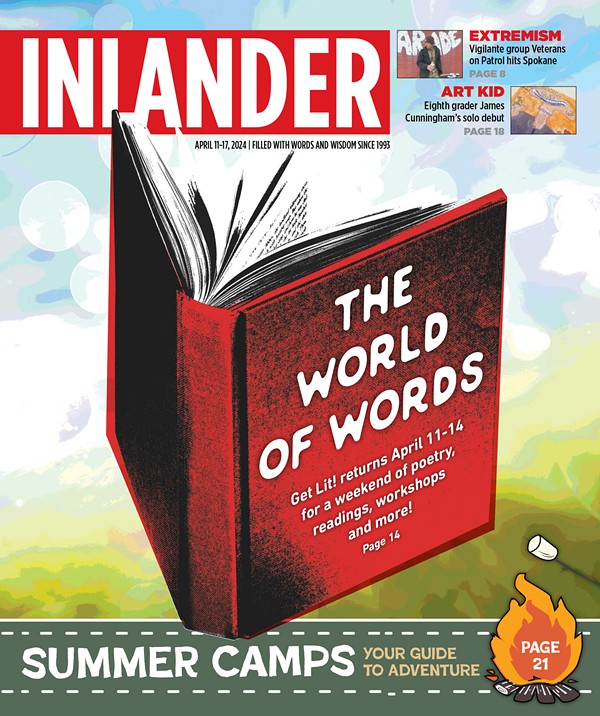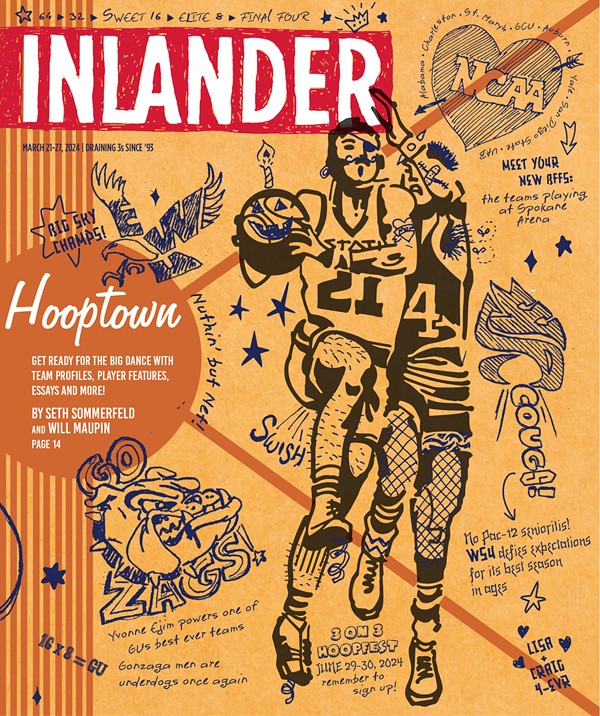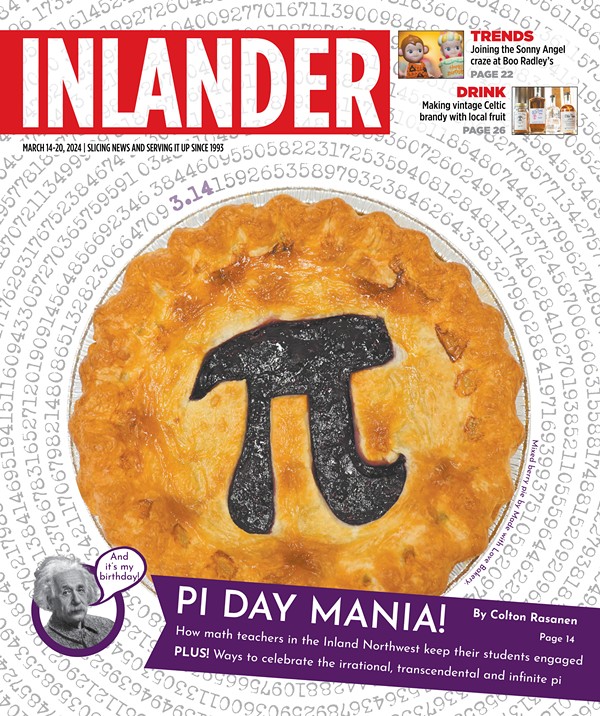Interior Images
[
{
"name": "Broadstreet - Instory",
"component": "25846487",
"insertPoint": "4",
"requiredCountToDisplay": "4"
},{
"name": "Broadstreet - Empower Local",
"component": "27852456",
"insertPoint": "8",
"requiredCountToDisplay": "8"
},{
"name": "Broadstreet - Instory",
"component": "25846487",
"insertPoint": "12",
"requiredCountToDisplay": "12"
},{
"name": "Broadstreet - Instory - 728x90 / 970x250",
"component": "27852677",
"insertPoint": "18",
"requiredCountToDisplay": "18"
},{
"name": "Broadstreet - Instory",
"component": "25846487",
"insertPoint": "5th",
"startingPoint": "23",
"requiredCountToDisplay": "24",
"maxInsertions": 100
}
]
by Sheri Boggs
Lewis and Clark would have benefited from the skills of an official expedition artist. While Lewis was by no means a slouch with the ol' quill-and-ink - his journals are illustrated with many examples of the more than 400 species of flora and fauna they encountered and identified - how amazing would it be to have images of the landscape and people as the explorers encountered them?
"Lewis and Clark kept sketches in their journals," says Michael Holloman, director of the Center for Plateau Cultural Studies at the Northwest Museum of Arts and Culture (MAC). "What's different about this exhibit is that Prince Maximillian followed some of Lewis and Clark's original route from 30 years earlier, but he brought along his own artist -- a formally trained artist -- who did extensive studies on the trip."
"Portraits of a People: Karl Bodmer and the Plains Indians" opens at the MAC on Friday and offers a rare opportunity to see the early frontier and the people who lived there from a European perspective. Karl Bodmer was only 24, and primarily a landscape artist, when Prince Maximillian commissioned him to document his journey across North America. After finishing the expedition in 1834, Bodmer took his studies and parlayed them into a series of engravings, the original plates of which are now housed at the Joslyn Museum of Art in Omaha, Nebraska.
Bodmer's images convey the excitement of two Europeans encountering unbelievable new topographies and cultures. Mouth of Fox River (Indiana) is from the very beginning of their journey and captures the tangled, serpentine undergrowth and a sense of the romantic in its picturesque composition and twilight colors. Remarkable Hills is a nine-panel depiction of exactly what the name implies, and View of the Stone Walls on the Upper Missouri visually references the white castles of Germany, except the "castle" is a stone formation, the moat is the Missouri River, and the peasants are bighorn sheep. One of the most dramatic images is Hunting of the Grizzly Bear, which shows the terrifying predator, disturbed from eating some carcass-y meal, turning to attack the hunter trying to sneak up on him from the riverbank. While the grizzly seems anatomically correct, something else about the image seems a little ... off.
"When's the last time we saw grizzlies on the Great Plains?" laughs Holloman. "That's what makes this print so interesting. It gives us a view into a vanished world. Grizzlies used to live all over the Great Plains, but we don't think of them that way anymore."
In fact, if there's one subtle theme, a deeper undercurrent running through the visual narrative of the exhibit, it's a quiet sense of loss. In addition to the grizzlies, Bodmer's images are especially haunting in their portrayal of the Mandans, who are shown encamped high up on a bluff, or at water's edge with their reedy canoes.
"The Mandans pretty much are gone," Holloman says. "They were wiped out by the smallpox."
The museum's commitment to preserving Indian culture is evident in the other part of the exhibit, which is a painstakingly selected display of Plains Indian artifacts from roughly the same period, or just a little later. Many items come from the MAC's extensive (36,000 pieces and counting) collection, which includes some Plains tribe artifacts in addition to things from our own region, the Columbia Plateau. A few things are on loan from various museums back east.
Holloman carefully pulls back tissue to display an artifact from the Kansas City Union Station Museum, a grizzly claw necklace from the 1840s. Long, dark claws, still attached to a length of brown fur, are enough to give viewers a moment of bear-phobic heebie-jeebies. "This was an item of great significance. The only ones who could wear this were the ones who killed a grizzly to make it," he says.
In addition to Bodmer's scenes from the early frontier are also portraits of chiefs, illustrations of Indian arms and even the chilling, self-explanatory Scalp Dance of the Minatarres.
"What this show does is show that when white explorers like Prince Maximillian and Karl Bodmer came through, they weren't discovering anything. There was a rich, vital culture already here," says Holloman. "So in that way, this show really does have something for everybody. It's good from just an art appreciation perspective. The art itself is well-executed. But it's also a great show in terms of American history, and not just one side of American history but also the Indian contribution."
Publication date: 03/25/04
Lewis and Clark would have benefited from the skills of an official expedition artist. While Lewis was by no means a slouch with the ol' quill-and-ink - his journals are illustrated with many examples of the more than 400 species of flora and fauna they encountered and identified - how amazing would it be to have images of the landscape and people as the explorers encountered them?
"Lewis and Clark kept sketches in their journals," says Michael Holloman, director of the Center for Plateau Cultural Studies at the Northwest Museum of Arts and Culture (MAC). "What's different about this exhibit is that Prince Maximillian followed some of Lewis and Clark's original route from 30 years earlier, but he brought along his own artist -- a formally trained artist -- who did extensive studies on the trip."
"Portraits of a People: Karl Bodmer and the Plains Indians" opens at the MAC on Friday and offers a rare opportunity to see the early frontier and the people who lived there from a European perspective. Karl Bodmer was only 24, and primarily a landscape artist, when Prince Maximillian commissioned him to document his journey across North America. After finishing the expedition in 1834, Bodmer took his studies and parlayed them into a series of engravings, the original plates of which are now housed at the Joslyn Museum of Art in Omaha, Nebraska.
Bodmer's images convey the excitement of two Europeans encountering unbelievable new topographies and cultures. Mouth of Fox River (Indiana) is from the very beginning of their journey and captures the tangled, serpentine undergrowth and a sense of the romantic in its picturesque composition and twilight colors. Remarkable Hills is a nine-panel depiction of exactly what the name implies, and View of the Stone Walls on the Upper Missouri visually references the white castles of Germany, except the "castle" is a stone formation, the moat is the Missouri River, and the peasants are bighorn sheep. One of the most dramatic images is Hunting of the Grizzly Bear, which shows the terrifying predator, disturbed from eating some carcass-y meal, turning to attack the hunter trying to sneak up on him from the riverbank. While the grizzly seems anatomically correct, something else about the image seems a little ... off.
"When's the last time we saw grizzlies on the Great Plains?" laughs Holloman. "That's what makes this print so interesting. It gives us a view into a vanished world. Grizzlies used to live all over the Great Plains, but we don't think of them that way anymore."
In fact, if there's one subtle theme, a deeper undercurrent running through the visual narrative of the exhibit, it's a quiet sense of loss. In addition to the grizzlies, Bodmer's images are especially haunting in their portrayal of the Mandans, who are shown encamped high up on a bluff, or at water's edge with their reedy canoes.
"The Mandans pretty much are gone," Holloman says. "They were wiped out by the smallpox."
The museum's commitment to preserving Indian culture is evident in the other part of the exhibit, which is a painstakingly selected display of Plains Indian artifacts from roughly the same period, or just a little later. Many items come from the MAC's extensive (36,000 pieces and counting) collection, which includes some Plains tribe artifacts in addition to things from our own region, the Columbia Plateau. A few things are on loan from various museums back east.
Holloman carefully pulls back tissue to display an artifact from the Kansas City Union Station Museum, a grizzly claw necklace from the 1840s. Long, dark claws, still attached to a length of brown fur, are enough to give viewers a moment of bear-phobic heebie-jeebies. "This was an item of great significance. The only ones who could wear this were the ones who killed a grizzly to make it," he says.
In addition to Bodmer's scenes from the early frontier are also portraits of chiefs, illustrations of Indian arms and even the chilling, self-explanatory Scalp Dance of the Minatarres.
"What this show does is show that when white explorers like Prince Maximillian and Karl Bodmer came through, they weren't discovering anything. There was a rich, vital culture already here," says Holloman. "So in that way, this show really does have something for everybody. It's good from just an art appreciation perspective. The art itself is well-executed. But it's also a great show in terms of American history, and not just one side of American history but also the Indian contribution."
Publication date: 03/25/04






